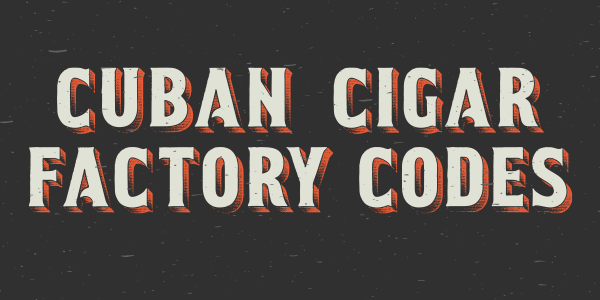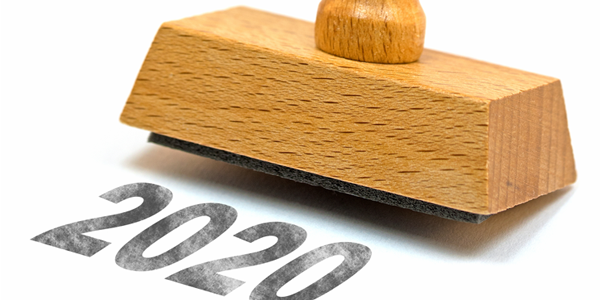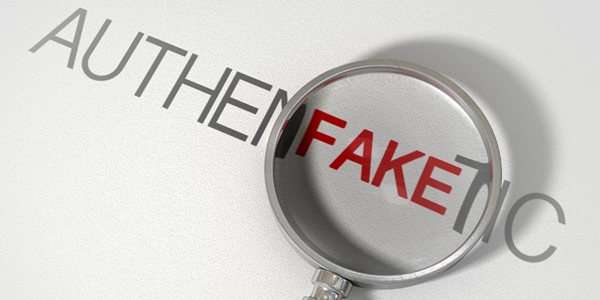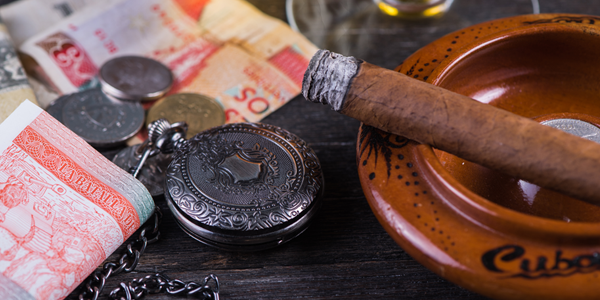Cuban Cigar Factory Codes
I’m looking at the bottom of two boxes of Cuban Montecristo Petit No. 2 cigars that a friend sent me. One was sent in 2020, the other in 2021. One has a three-letter factory code of “ATE,” the other “MGL,” indicating in which province and factory the cigars were rolled. I have no idea which factories those codes refer to. Should I care? Isn’t the quality control inspection stamp on the box enough?
Cuban Cigar Box Factory Codes
The understanding everyone has, and it is confirmed by the Cuban cigar establishment, is that the three-letter Cuban cigar factory code on the bottom of the cigar box represents the factory in which the cigars in that box were made. In the code, the province and city are also indicated. Supposedly. The problem is that the three-letter cigar box codes reportedly get changed every few months. Why? It’s unclear. What is clear is that you’d have to dedicate a lot of time and effort to finding the factory in which the Cuban cigar you’re smoking was made. Does it matter? Well, perhaps. I have had folks who deal in Cuban cigars and who visit many of the factories tell me that some factories are just better than others. Sure. But if I want a box, do I ever have a choice among factories?
“You can look at the factory code on the bottom and if you know that you had a box with the same code and the cigars were good, you’ll have more confidence that this box will be good too,” explained a reputable London cigar shop owner who wished to remain anonymous. “But,” he added, “you’ll know more if you’re able to open the box and examine the cigars.”
The Cuban cigar factory code may provide an additional clue. Of course, you’ll need to know the factory the code represents and whether it makes cigars well. I have yet to be able to identify which factory or factories made those Montecristo Petit No. 2s. Still, they smoke about the same as each other.
How to Read Cuban Cigar Box Codes
The practice of stamping a cigar factory code on the boxes of Cuban cigars started in 1985 in an effort to identify where and when any given box was produced. Never were the codes intended to be known by the consumer. Without going into painful detail, the coding systems have changed a few times over the years.
Quality Control
The Cuban cigar box factory codes that indicate the factory that made the cigars are important mostly for the cigar industry in Cuba to be able to review how well the factories are performing. So, knowing which factory is making the cigars can indicate, after cigars are inspected over time, if the factory is maintaining good quality. (We all know that Cuban cigars have had problems with consistency and construction for many years.) So, it used to be that if you saw three- and four-letter codes on the bottom of your Cuban cigar box like “LOME,” “OSU,” “ECA,” those stood for the El Laguito, Partagas and José Martí factories. Romeo y Julieta was “PEL.” The codes have been changed, as they are from time to time. To understand them, you have to understand which factories made which cigars. So, the Cohiba Lanceros, Coronas Especiales and Panatelas, along with Trinidads, were made at El Laguito. You looked at the bottom of the box and saw LOME, and you knew that stood for El Laguito. Perhaps the most relevant issue with respect to these cigar box factory codes is if you’re offered a box on the street and there is no code on the bottom. That’s just another reason not to buy those likely counterfeits.
Where
As mentioned, the three-letter codes today are difficult to match to the factories, but in the past, two- and three-letter codes were used and were not so mysterious. “BM” for example used to mean the Briones Montoto factory in Havana where many Romeo y Julieta cigars were made. “FPG” meant Francisco Perez German, the site of Partagas rolling in Havana. “TTH” signified a provincial factory in Holguin, a city in the country’s interior, which had a particularly bad reputation. Those codes are obsolete. A knowledgeable tobacconist, especially at La Casa del Habano, the official Cuban stores, might know some of the current codes.
When
The other bit of information on the bottom of a cigar box is the date the cigars were put in the box. That, I believe, is more important than where they were made. Those cigar factory date codes are very straightforward today. My Montecristo boxes have “AGO 19” for agosto 2019, or August 2019; and “OCT 20,” for octubre 2020, or October 2020. This is helpful for a number of reasons, the most important of which allows you to figure out when the tobacco was likely harvested and aged. In general, Cuban tobacco takes between 18 and 24 months from harvest to production. So, if your box is stamped ENE2018, for enero 2018, or January 2018, the tobacco inside is likely to have been plucked from the fields sometime around 2016. Now, you also need to know whether the tobacco from 2016 was a good harvest. Knowing the production process for the cigars can help as well. Cohiba Behikes, for example, are triple-fermented and aged more than some of the brand’s other vitolas. So, a box stamped ENE18, might have tobacco in it from 2015.
Cuban Cigar Factory Codes for Months:
- ENE (Enero) January
- FEB (Febrero) February
- MAR (Marzo) March
- ABR (Abril) April
- MAY (Mayo) May
- JUN (Junio) June
- JUL (Julio) July
- AGO (Agosto) August
- SEP (Septiembre) September
- OCT (Octubre) October
- NOV (Noviembre) November
- DIC (Diciembre) December






